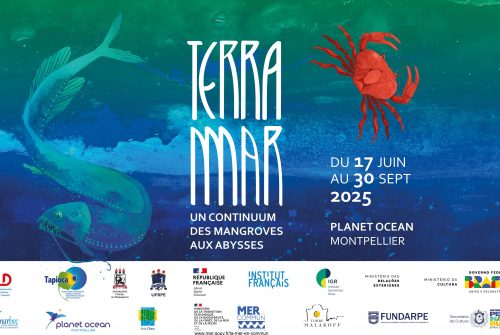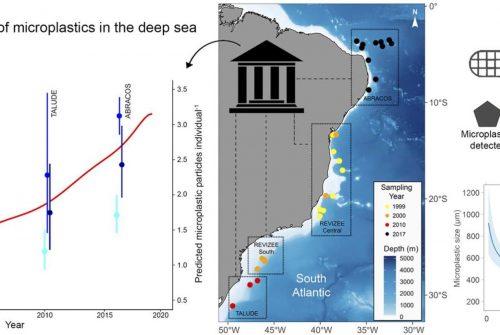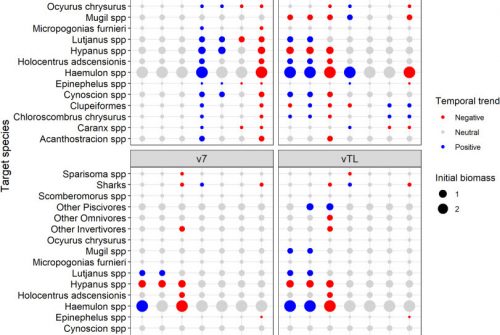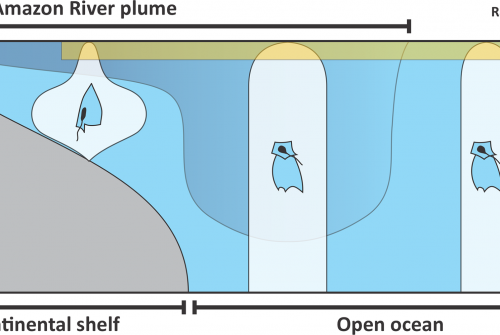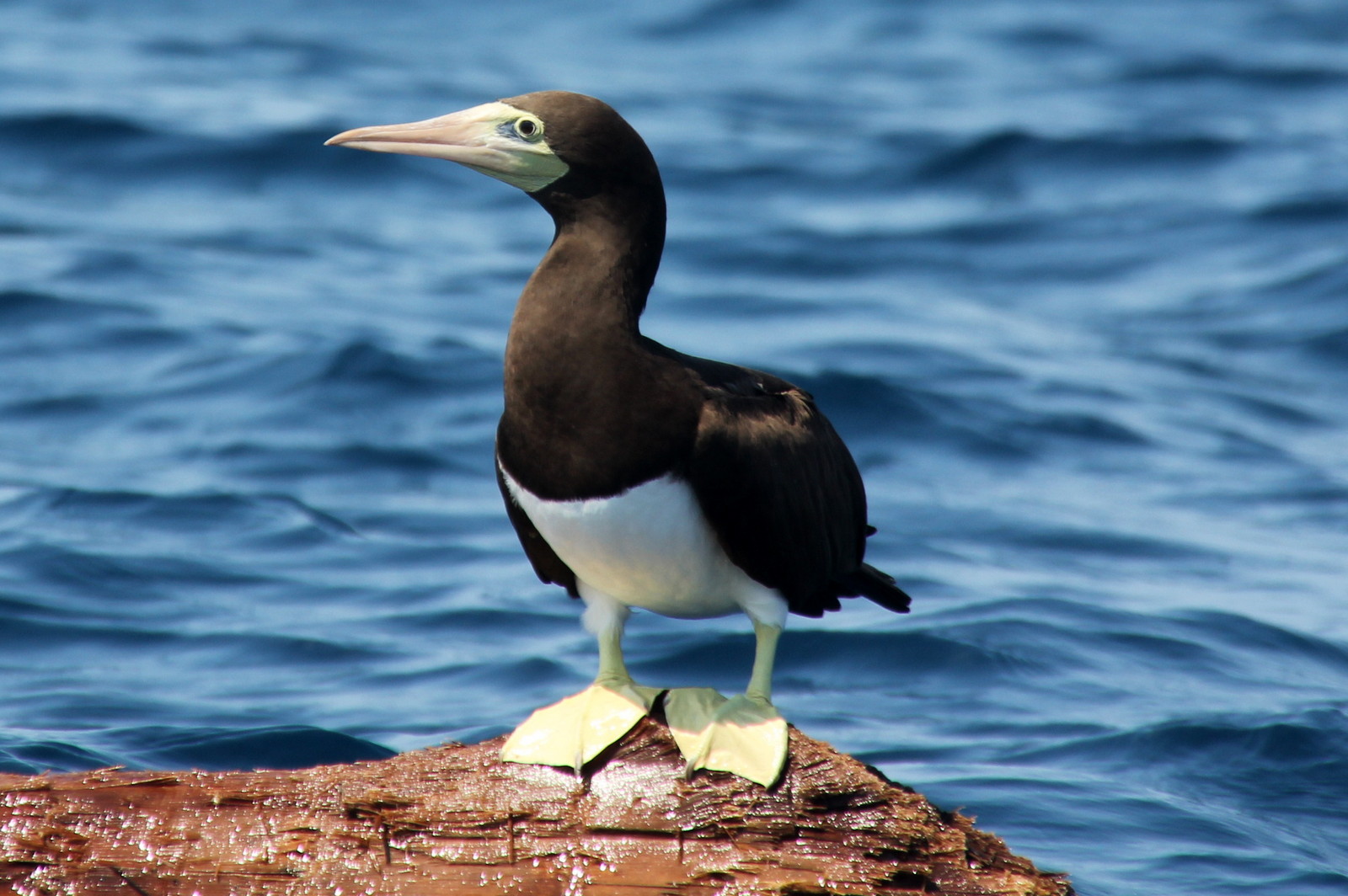
Identifying associations between phenotypes and environmental parameters is crucial for understanding how natural selection acts at the individual level. In this context, genetically isolated populations can be useful models for identifying the forces selecting fitness-related traits. Here, we use a comprehensive dataset on a genetically and ecologically isolated population of the strictly marine bird, the brown booby Sula leucogaster, at the tropical and remote Saint Peter and Saint Paul Archipelago, mid-Atlantic Ocean, in order to detect phenotypic adjustments from interindividual differences in diet, foraging behavior, and nest quality. For this, we took biometrics of all individuals of the colony breeding in 2014 and 2015 and tested their associations with nest quality, diet parameters, and foraging behavior. While body size was not related to the foraging parameters, the body size of the females (responsible for nest acquisition and defense) was significantly associated with the nest quality, as larger females occupied high-quality nests. Our findings suggest that the small breeding area, rather than prey availability, is a limiting factor, emphasizing the role of on-land features in shaping phenotypic characteristics and fitness in land-dependent marine vertebrates.
DOI:10.1038/s41598-017-18808-7
Reference
Nunes G.T., Bertrand S., Bugoni L. 2018. Seabirds fighting for land: phenotypic consequences of breeding area constraints at a small remote archipelago. Scientific Reports, 8, 665. DOI:10.1038/s41598-017-18808-7



